I've worked with superconductors for the better part of a decade now in different contexts, from STM condensed matter labs, to particle accelerators, and now fusion.
Time for a deep dive on what exactly this miracle-technology unlocks for us a species: 🧵
Time for a deep dive on what exactly this miracle-technology unlocks for us a species: 🧵

Superconductors (SC) have zero resistance from quantum-mechanical effects of how electrons pair up, and travel through a conductor crystal lattice.
It's one example of 'magical' or 'impossible' physical properties arising from QM in bulk matter
https://t.co/Rv6ZAe2udz

It's one example of 'magical' or 'impossible' physical properties arising from QM in bulk matter
https://t.co/Rv6ZAe2udz
https://twitter.com/Andercot/status/1684339102299070464?s=20

For decades SC's found few useful industrial application because of the difficulties in achieving extremely low temperatures, 4K (-270C).
In the last decade, incredible new applications are enabled by modern High-Temperature Superconducting (HTS) tape, which operates at 77K.
In the last decade, incredible new applications are enabled by modern High-Temperature Superconducting (HTS) tape, which operates at 77K.
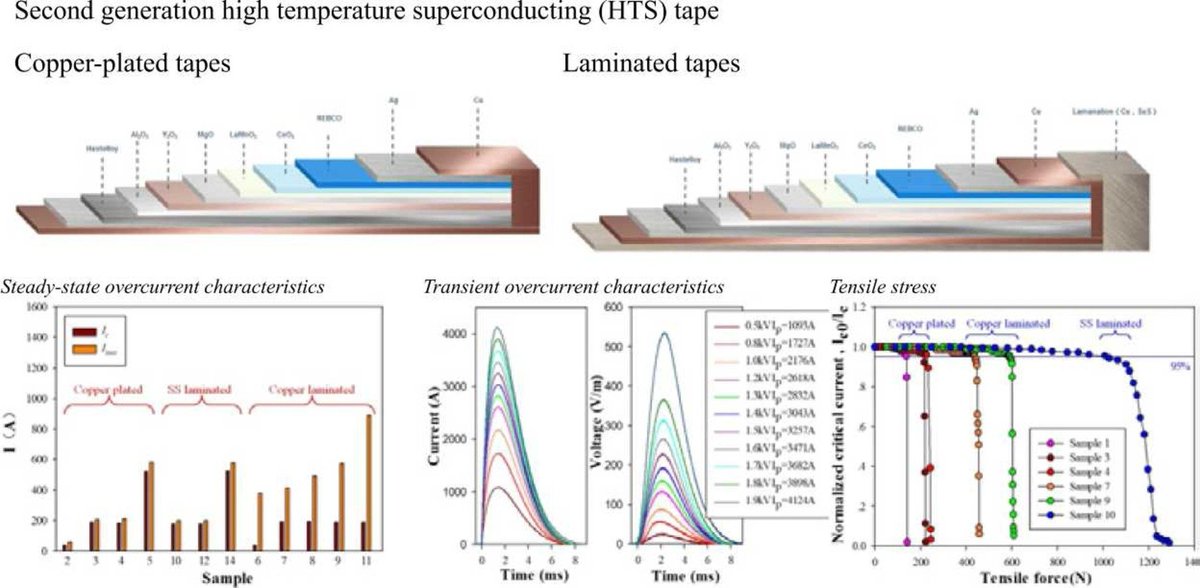
HTS tapes have achieved relevance by a long progress of engineering improvements in their operating temperatures, carrying current, and resilience to magnetic fields.
Room-temperature ambient-pressure SCs (RTAPS) would be incredible - on par with the transistor.


Room-temperature ambient-pressure SCs (RTAPS) would be incredible - on par with the transistor.


First: SC for generation, transforming, and distribution of energy.
RTAPS would eliminate transmission line losses, but these are tiny compared to the losses in generators and transformers. Interestingly, for some applications the magnetic properties of RTAPS trump electrical
RTAPS would eliminate transmission line losses, but these are tiny compared to the losses in generators and transformers. Interestingly, for some applications the magnetic properties of RTAPS trump electrical

Here's why: electric motors and transformers (which take high-voltage power to low-voltage for residential use) operate by magnetic induction, where changing magnetic fields induce voltages.
RTAPS would produce extremely strong magnetic fields with very high efficiency.


RTAPS would produce extremely strong magnetic fields with very high efficiency.
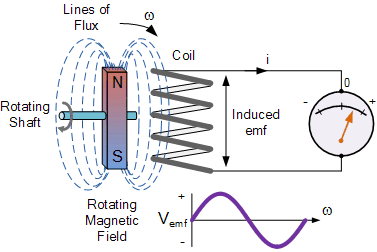

HTS cables have already been tested in pilot projects - e.g. in Long Island Power authority in 2008. However, these losses are only 5-7% of grid total.
A greater victory for humanity is in power generation - a HTS refit of a generator in Germany increased output by 36%


A greater victory for humanity is in power generation - a HTS refit of a generator in Germany increased output by 36%


An example is in Wind Power. Every generator and motor has an 'ideal' RPM where it's at maximum efficiency. Wind has highly variable RPM's meaning its hard to operate at peak performance
SCs give higher power density, lower maintenance, and better efficiencies across RPM range


SCs give higher power density, lower maintenance, and better efficiencies across RPM range


Perhaps the greatest win for RTAPS on our electrical grid is in energy storage, currently one of the biggest bottlenecks to a renewables-only grid.
Superconducting Magnetic Energy Storage (SMES) viability depends on the SC material being cheap to make, and operate at high temp.


Superconducting Magnetic Energy Storage (SMES) viability depends on the SC material being cheap to make, and operate at high temp.
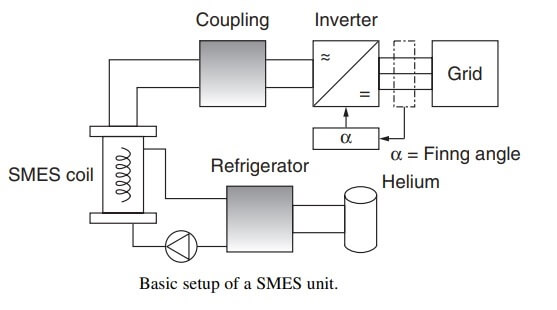
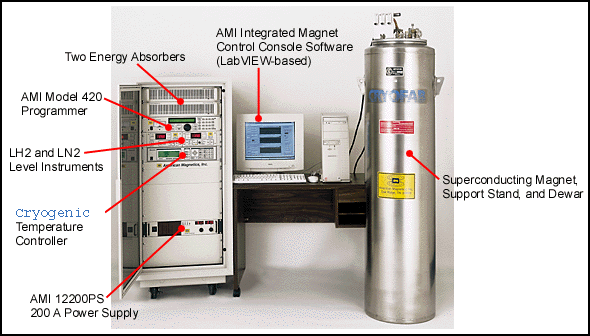
SMES storage works like this: you put electrical current circulating into a loop of the SC material, and it just keeps circulating, forever.
There's zero resistance and so there's no round-trip energy losses, compared to batteries which lose up to 25% of energy stored.
There's zero resistance and so there's no round-trip energy losses, compared to batteries which lose up to 25% of energy stored.

Second: advanced medical imaging and materials testing.
MRI is an incredible non-invasive technology to understand the structure of our bodies at a resolution of millimeters.
NMR is a similar technology used to understand properties of new materials in basic science research


MRI is an incredible non-invasive technology to understand the structure of our bodies at a resolution of millimeters.
NMR is a similar technology used to understand properties of new materials in basic science research


An MRI produces a 3D image of a persons body by applying an extremely strong magnetic field that varies in strength over the persons body.
This field aligns the orientation of charged particles, like protons. When an RF pulse is applied, the protons start spinning
This field aligns the orientation of charged particles, like protons. When an RF pulse is applied, the protons start spinning

The frequency of spinning is proportional to the magnetic field, and as they spin, the protons emit RF waves.
These waves are detected, and an image is built up by reconstructing which frequency waves come from which region of the magnetic field.


These waves are detected, and an image is built up by reconstructing which frequency waves come from which region of the magnetic field.


Where do HTS come in? First, in generating the high magnetic fields used to align protons and make them spin.
But more importantly, is in the sensitive detectors that pickup those protons emitted RF waves. SC detectors would improve the sensitivity of an MRI by 12x


But more importantly, is in the sensitive detectors that pickup those protons emitted RF waves. SC detectors would improve the sensitivity of an MRI by 12x


The biggest barrier to developing HTS-enabled MRI's currently is the requirement to cool them to cryogenic temperatures.
RTAPS would make MRI's both more accessible, affordable, and also increase resolution to the sub micro-meter scale. Autodocs for all.
RTAPS would make MRI's both more accessible, affordable, and also increase resolution to the sub micro-meter scale. Autodocs for all.

Third: High-speed maglev trains. SC-enabled trains are already under development but they are costly to build and maintain, again due to cryogenics.
RTAPS would make such trains economical at scale. From NYC to LA in 20 mins, emitting zero CO2


RTAPS would make such trains economical at scale. From NYC to LA in 20 mins, emitting zero CO2


In the 1970s the RAND corporation did a study on 'very high speed trains' and imagined a national grid of SC-enabled routes traveling at 14,000 mph through evacuated vacuum tubes.
The cost of continental travel and freight would drastically plummet. Cheaper, better, faster.



The cost of continental travel and freight would drastically plummet. Cheaper, better, faster.



Fourth: electronic sensors.
SC's lower the 'noise floor' on every sensor imaginable, improving our ability to detect and measure faint phenomenon.
The lower limit on sensor noise is often the Nyquist-Johnson noise, which is thermally-excited electrons producing voltage noise
SC's lower the 'noise floor' on every sensor imaginable, improving our ability to detect and measure faint phenomenon.
The lower limit on sensor noise is often the Nyquist-Johnson noise, which is thermally-excited electrons producing voltage noise
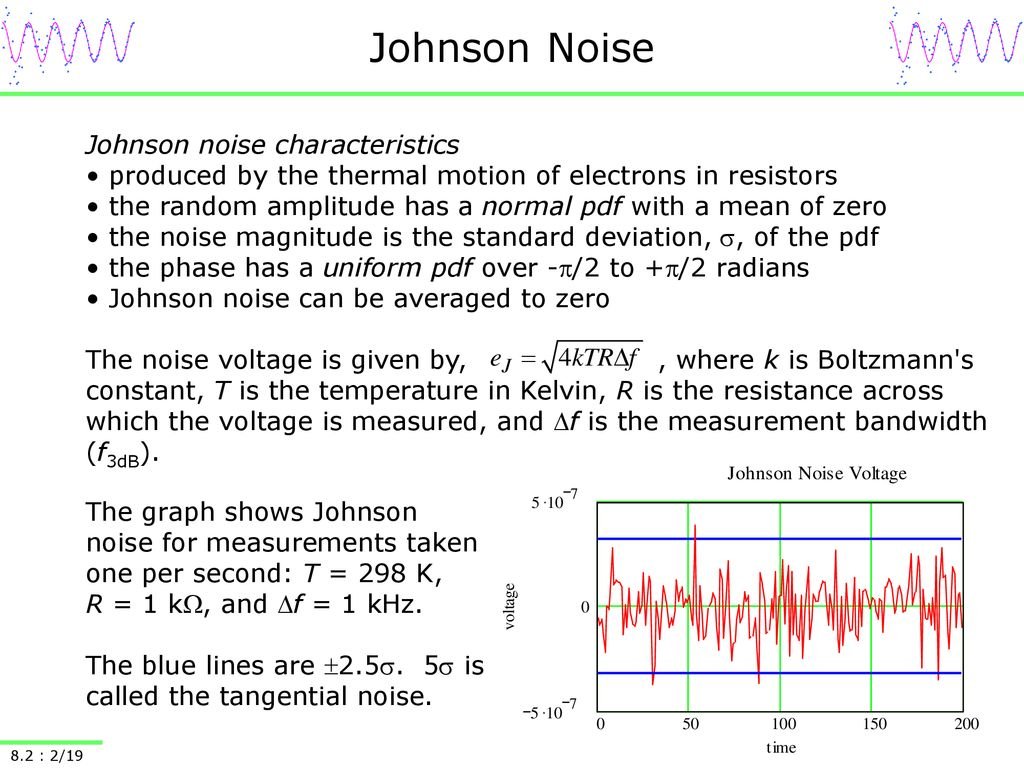
SC's eliminate this noise entirely.
Currently, superconducting quantum interference devices (SQUIDS) are used in physics research to measure incredibly small signals, with applications ranging from biomedical sensing to particle physics.
Biggest drawback? Cryogenic cooling.


Currently, superconducting quantum interference devices (SQUIDS) are used in physics research to measure incredibly small signals, with applications ranging from biomedical sensing to particle physics.
Biggest drawback? Cryogenic cooling.


Fifth: Quantum computing.
The single greatest challenge in quantum computing is correcting for errors, or bit-flips, caused by waste heat of moving electrons and information.
Right now, QC depends on large cryostats that cool to a few milli-kelvin above absolute zero
The single greatest challenge in quantum computing is correcting for errors, or bit-flips, caused by waste heat of moving electrons and information.
Right now, QC depends on large cryostats that cool to a few milli-kelvin above absolute zero

The holy grail of materials science, RTAPS, would unlock a holy grail of computing - chip-based quantum computers that can run in a desktop computer at home.




Sixth: Nuclear Fusion, the last energy source humanity will ever need.
The largest engineering challenge in nuclear fusion is to bring your magnetic-field producing coils, which operate at cryogenic temps, as close as possible to your 1-million-degree plasma.


The largest engineering challenge in nuclear fusion is to bring your magnetic-field producing coils, which operate at cryogenic temps, as close as possible to your 1-million-degree plasma.


The gold-rush in magnetic confinement fusion is driven by advances in high-performing HTS tapes, that can withstand higher temperatures, currents, and magnetic fields.
The biggest threat to SPARC at CFS is neutron-heat destroying the magnets. RTAPS massively reduce this risk.


The biggest threat to SPARC at CFS is neutron-heat destroying the magnets. RTAPS massively reduce this risk.


Seventh: Higher energy particle accelerators. Superconducting radio-frequency cavities have enabled us to complete the Standard Model by driving particles to higher and higher energies, but, these are expensive to build and operate
Once nascent, SRF is today a mature technology


Once nascent, SRF is today a mature technology
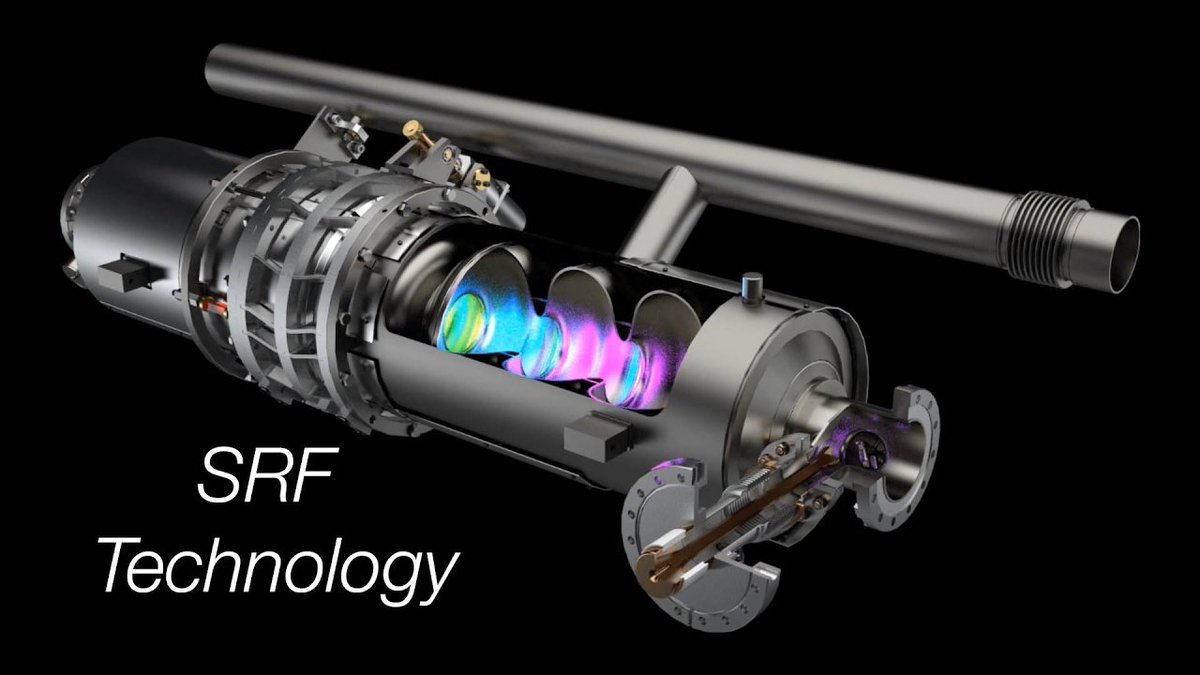

The concept is simple - SRF cavities are a produces a very strong electric field, which accelerates particle bunches. Generating this high field requires letting currents flow through the surface with minimal resistance.
Designing them is complex


Designing them is complex
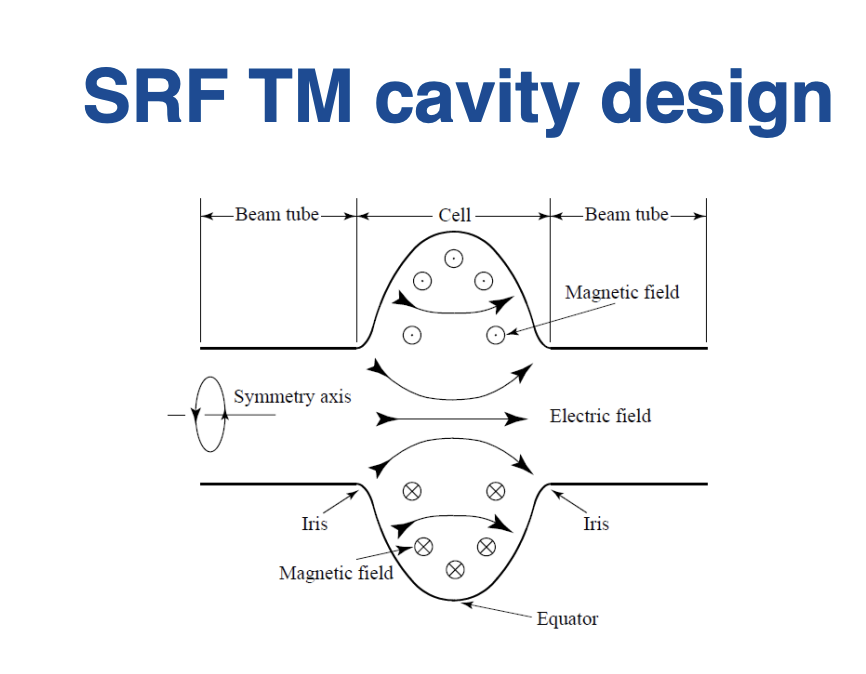

Cheaper, more powerful particle accelerators isn't just a win for fundamental science, but could revolutionize cancer treatment and materials science.
Previously untreatable brain tumors could be selectively destroyed by high energy particles. RTAPS would save lives.


Previously untreatable brain tumors could be selectively destroyed by high energy particles. RTAPS would save lives.


Shout to @TRIUMFLab where I first worked on SRF under Robert Laxdal, who is a fantastic mentor and scientist.
Working on these cryostats and SRF chambers was a formative experience in demonstrating the awesome nature of big-budget physics
https://t.co/UMlankpzEd

Working on these cryostats and SRF chambers was a formative experience in demonstrating the awesome nature of big-budget physics
https://t.co/UMlankpzEd
https://twitter.com/Andercot/status/1681072876571721728?s=20

Where does this all leave us today?
The historical trend of progress is quite clear - repeatedly SC has been found at higher and higher temps, previously thought impossible.
Our theoretical understanding and practical know-how continue to increase with time
The historical trend of progress is quite clear - repeatedly SC has been found at higher and higher temps, previously thought impossible.
Our theoretical understanding and practical know-how continue to increase with time

The number of possible materials is so unimaginable vast, the overwhelming odds are that RTAPS materials exist, and are waiting to be found.
When they are discovered it will be as impactful to society as the invention of the transistor
When they are discovered it will be as impactful to society as the invention of the transistor
https://twitter.com/Andercot/status/1666629851305111554?s=20
For an easy-to-digest breakdown on the latest discovery of a potential room-temperature ambient-pressure superconductor (RTAPS), here is a quick thread to catch you up:
https://twitter.com/Andercot/status/1684339092635496449?s=20
• • •
Missing some Tweet in this thread? You can try to
force a refresh


























